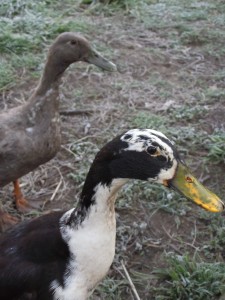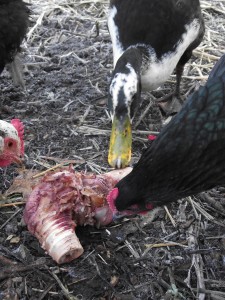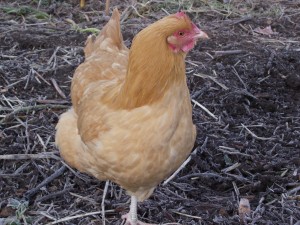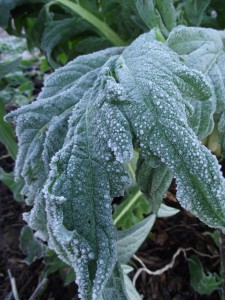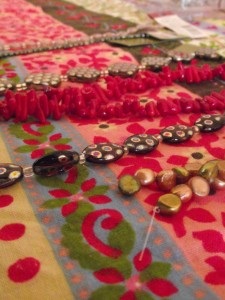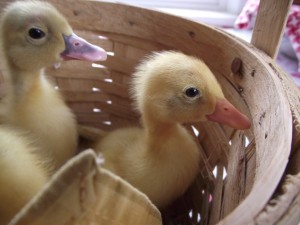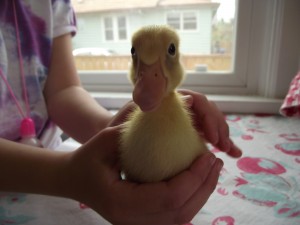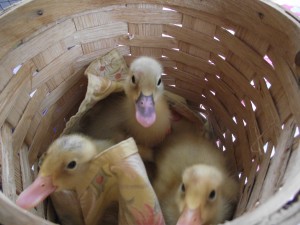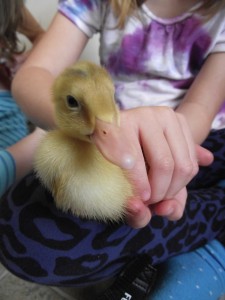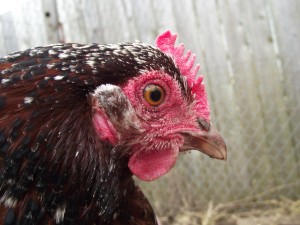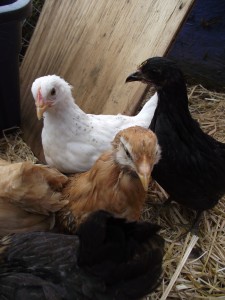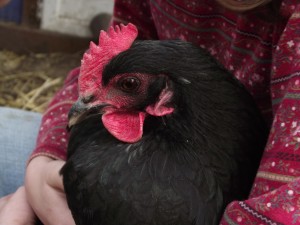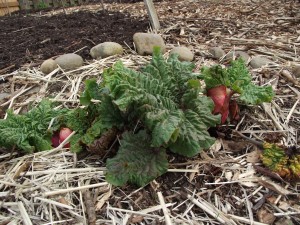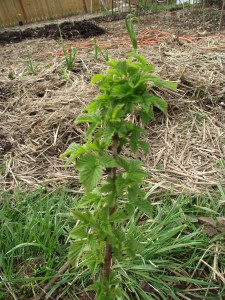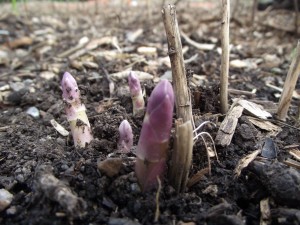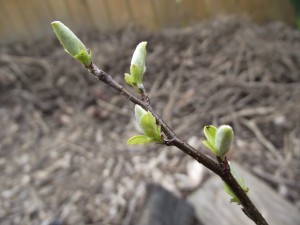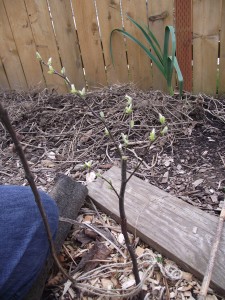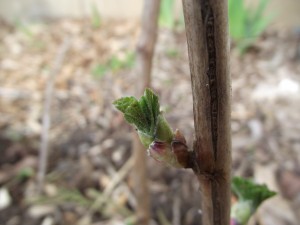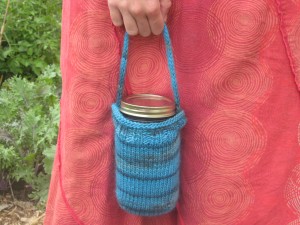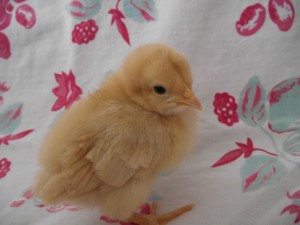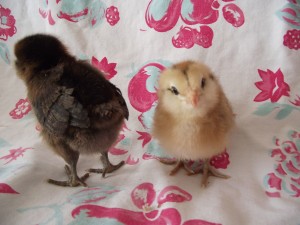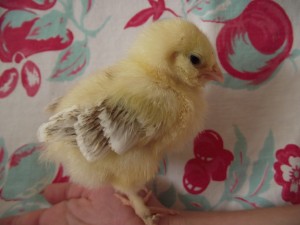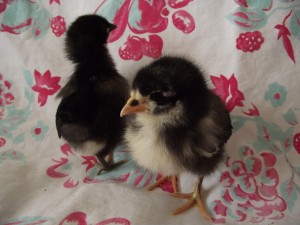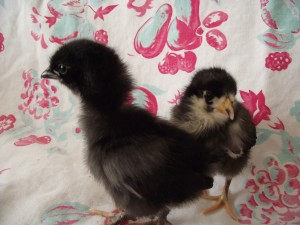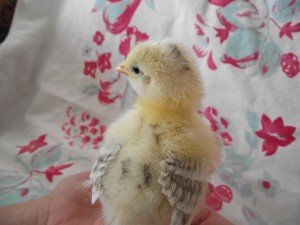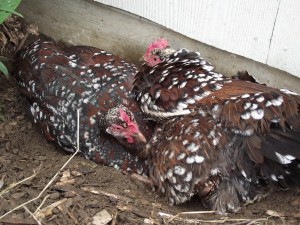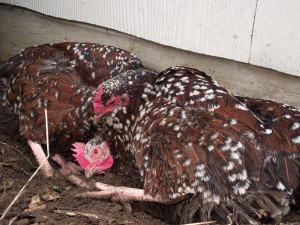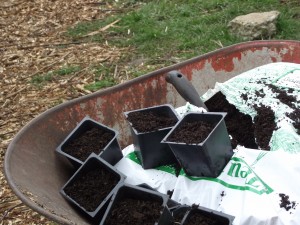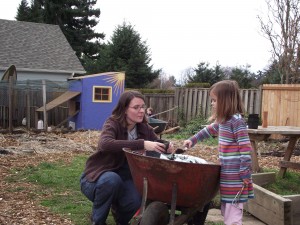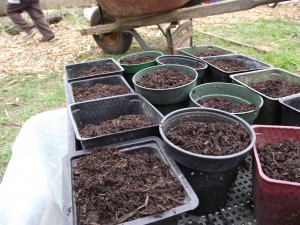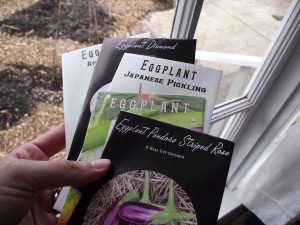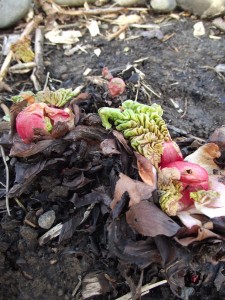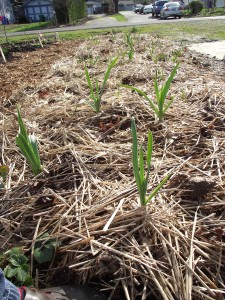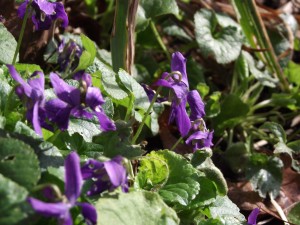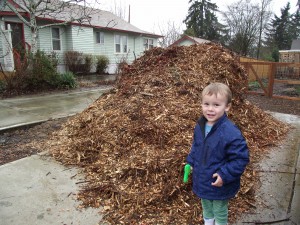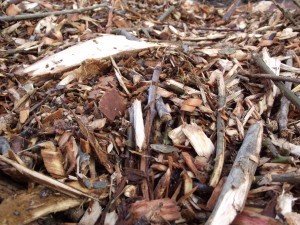
One of the most frequent questions I receive from folks wanting to increase food production on their property is,“What food crops can be grown in the shade?” While there are some annuals that tolerate partial shade (Swiss Chard being one of the better ones, in my experience), trying to force annuals to grow against their nature is only going to frustrate you and the plant both.
My answer to the above question is grow perennial food crops in shady locations. Many perennials thrive in the shade and still produce a tasty harvest for you, year after year, with little or no maintenance. In this part, I’ll talk about the fruit-bearing perennials that we have growing on the shady East side of our house, which has become a (mostly) Native Edibles Garden. Later this week I will address herbs and perennial vegetables:
Lingonberry (Vaccinium vitis-idaea), the lovely, low-growing evergreen shrub shown above, produces sour red berries that are delicious in coridal, jam, wine, and sauces. It is packed with vitamin C. They produce 1/3-2/3 lb of berries per plant, so put in several. It doesn’t like wet feet, so mix in plenty of organic matter and little sand if your soil is largely clay. Oregon State University has a cultivation guide here. Lingonberries used to be difficult to find here, but Portland Nursery has started stocking them this year.
Native Huckleberry (Vaccinium ovatum) or Red Huckleberry (Vaccinium parvifolium) – These slow-growing evergreen shrubs actually prefer shady spots, and will grow larger (6 ft) than if planted in sunshine (3 ft). Notoriously difficult to grow and slow to mature, they are a plant for those with patience. Hucklberries have shallow roots and do not tolerate weed competition or scratching by chickens around their base. We purchased ours from One Green World Nursery.
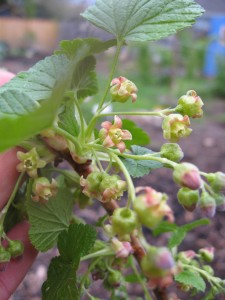
Black Currants (Ribes nigrum) – This is one of Ruth’s favorite berries. She loves black currant jam on toast. The flowers, shown here, will produce large crops of black fruit rich in vit C, iron, B5, and potassium. It does require a little bit of pruning, but starts easily from cuttings or volunteers, so you’ll be able to share them with your friends. Plant two for more fruit.Â
Red, Pink and White Currants – (Ribes spp.) – Although these plants are said to do best in sun, I have had good success growing these in less than 4 hours of sunlight. Our white currant is in full shade and produces a huge quantity of large white sweet fruit great for eating fresh. The key, I think, is to give them a good start by turning-in good compost before planting, and feeding each year with coffee grounds. All of these currants are self-fertile, producing up to 20 lbs of fruit per plant, depending on how you prune it.
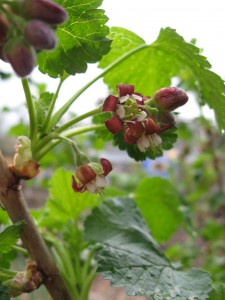
Jostaberry (Ribes nigrum x Ribes uva-crispa x Ribes divaricatum) – This thornless hybrid of the black currant (“JOhannesbeere“) and two gooseberries (“STAchelbeere“) (hence the name “Josta”)  produces purple gooseberry-sized fruit with a hint of musky black-currant flavor. It is disease resistant and self-fertile, but obviously must be propagated by cuttings and does not come true from seed. It can easily be trained into a fan shape and put against a fence, but it does grow 5-6 ft tall and as wide.
Elderberry (Sambucus nigra) – We have a native elderberry, and also an Asian elderberry for better fruit-setting, although they are semi-self-fertile. These tall (8-12 ft) shrubs thrive in just about any conditions and can be pruned to a central leader and trained into a tree shape if desired. Elderberries are extremely high in antioxidants and immune-boosting compounds, and many people make a syrup out of the fruit for cough remedies, etc. The flowers are a crop in their own right and make a delicious cordial. The berries are quite popular with birds, and you may need to net your elderberries to get a good crop. The fruits can be juiced or made into jams and sauces. (A word of caution: there are reported cases of severe gastro-intestinal distress and other symptoms (particularly in children) from eating sizeable quantities of raw elderberries).
Coast Strawberry (Fragaria chiloensis) –This little plant can be seen thriving all over Oregon from sand dunes to understory. It will make an excellent spreading native ground cover and provide you with tiny, intensely-flavored strawberries. We put some in, but haven’t enjoyed the fruit, since the ducks like them very much, and they are right at ground level. As with all strawberries, take care not to plant too deeply for the crown, which should be slightly hilled up above the roots and left uncovered.
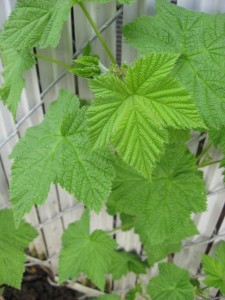
Thimbleberry (Rubus parviflorous) – This NW native perennial thrives in the shady understory. Unlike many of its cane-fruit cousins, the thimbleberry is thornless and spreads by rhizomes. My kids like the fruit raw, but I prefer it cooked into jams (it makes a lovely jam mixed with red currants). If you have a shady spot and are looking to grow fruit, this may be a good option for you, but it does spread and needs to be kept in check.  If we get enough fruit some year, I’d like to try making a melomel with it.
Oregon Grape (Mahonia aquifolium) – I confess, when we first moved here from Missouri, I thought that some species of holly had taken over half the state of Oregon. I soon found out that is actually the edible Oregon Grape. While not the prettiest plant, in my opinion, this relative of the barberry (not a grape) makes a good hedgerow if plants are put close together, and has attractive little yellow flowers. The berries are a traditional native food here, although I find them less than palatable either raw or cooked alone. However, combined with other fruits (see Salal below) they are quite good, and their juice will make a very good wine. They are also used medicinally as they contain high amounts of the anti-bacterial, berberine. Crushed berries applied topically are supposed to be an effective therapy for psoriasis and eczema.
Salal (Gaultheria shallon) – Sometimes also called “shallon”, I have an affection for this plant, because it reminds me of the years we lived on the Central Oregon coast, where it flourishes. This handsome evergreen shrub supplied the Oregon tribes black berries that were dried into cakes or cooked with fish or fish roe. I find it does go nicely stuffed in a salmon, along with ramps or shallots and wrapped in bacon and steamed or cooked over a campfire. When making jelly, it goes well with Oregon Grape, and mellows the harshness of that berry.
I’d like to add as budget allows:
Wintergreen (Gaultheria procumbens) – I’m looking forward to adding this low-growing evergreen under one of the elderberries as soon as there are pennies in the budget for it. The red berries are the original source of wintergreen flavoring, and while I wouldn’t want to snack on a whole bucket of them, they are a nice breath freshener. More importantly, they make a good ground cover.
If you’d like to swap/barter for some of the plants listed above, we have a few of each available right now. Â Or, if you are interested in take cuttings to try propagating your own, we are happy to share.
Thank you for stopping by and I hope you come back later this week when I discuss some of the shade-loving perennial veggie and herb crops we are growing here.
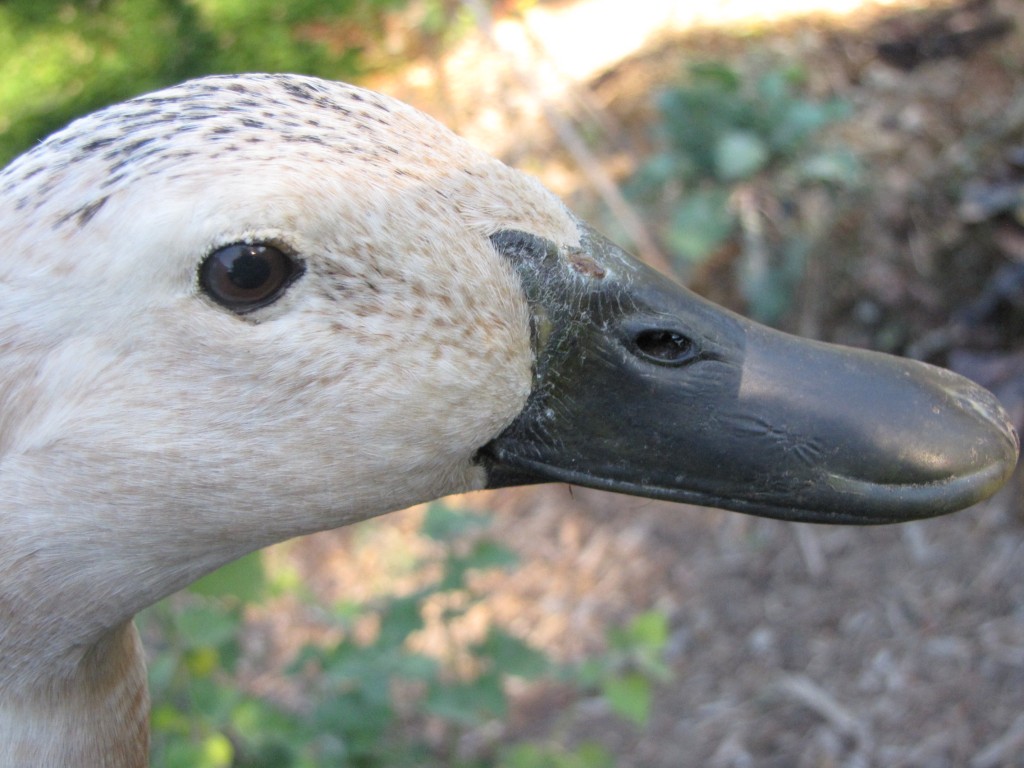
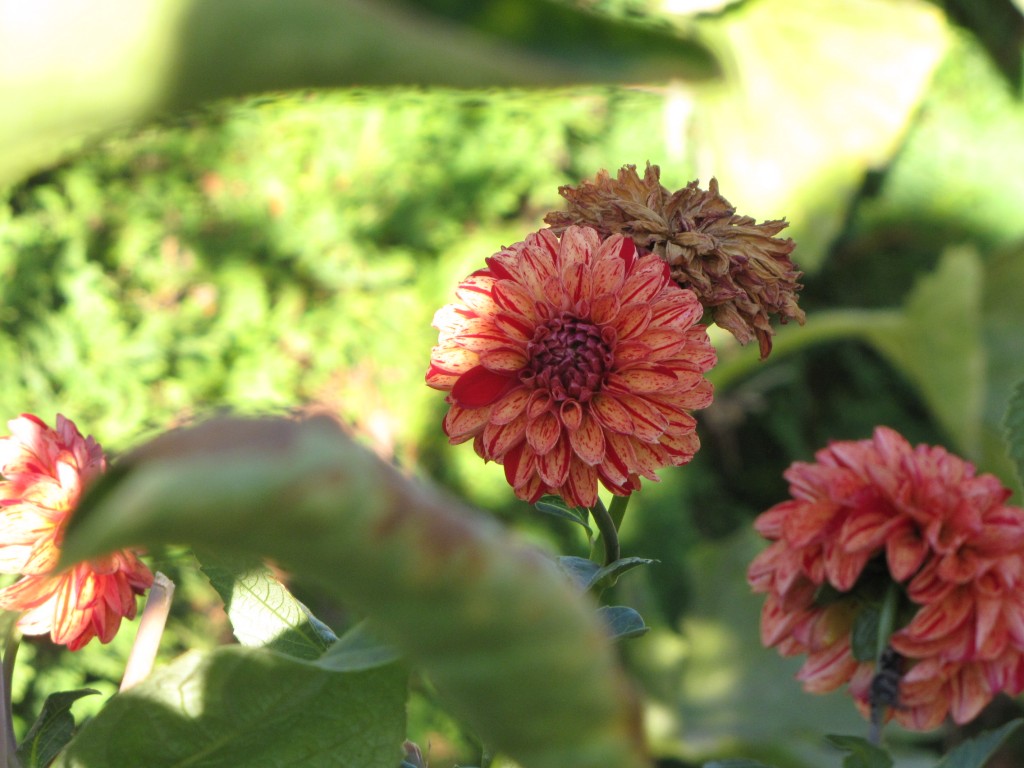
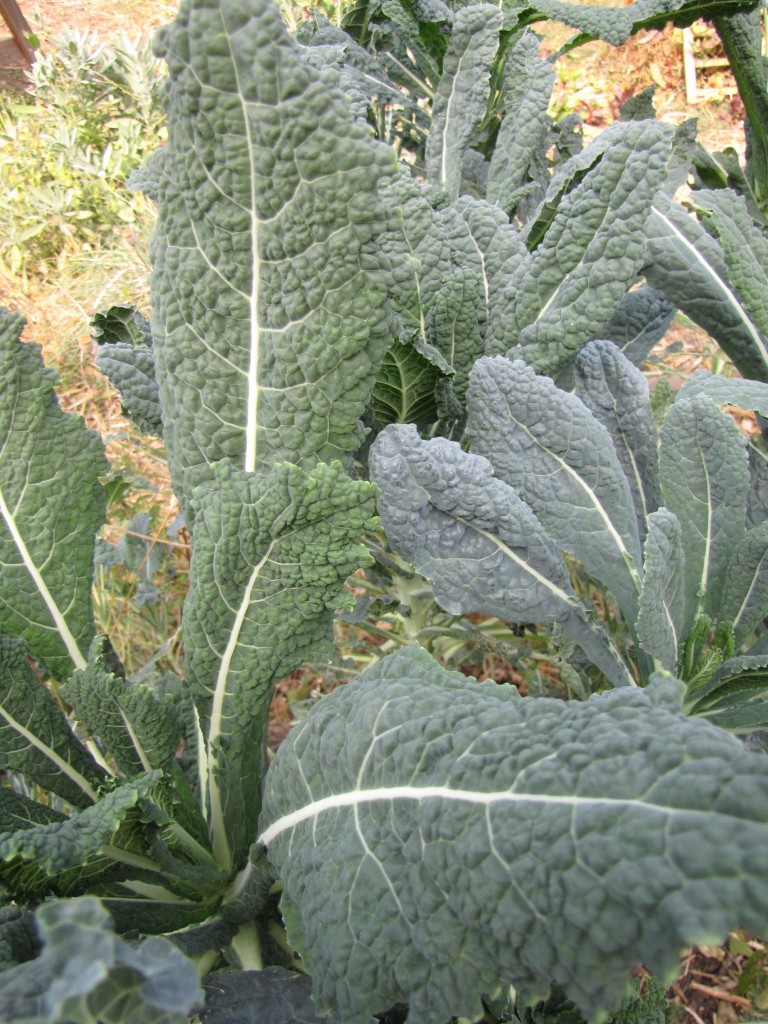
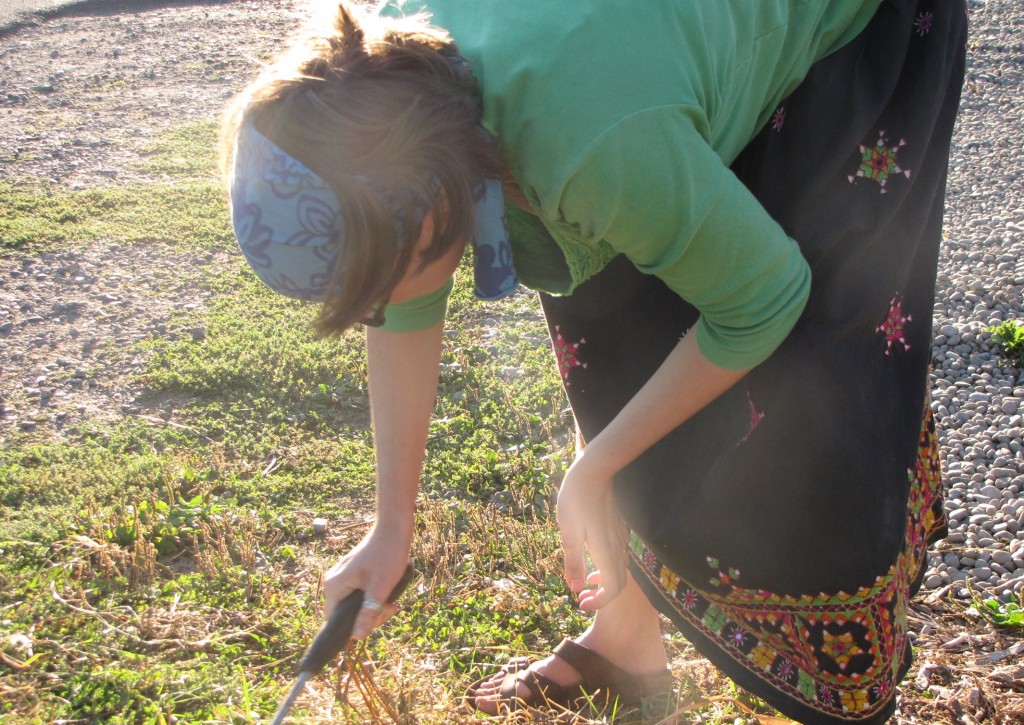

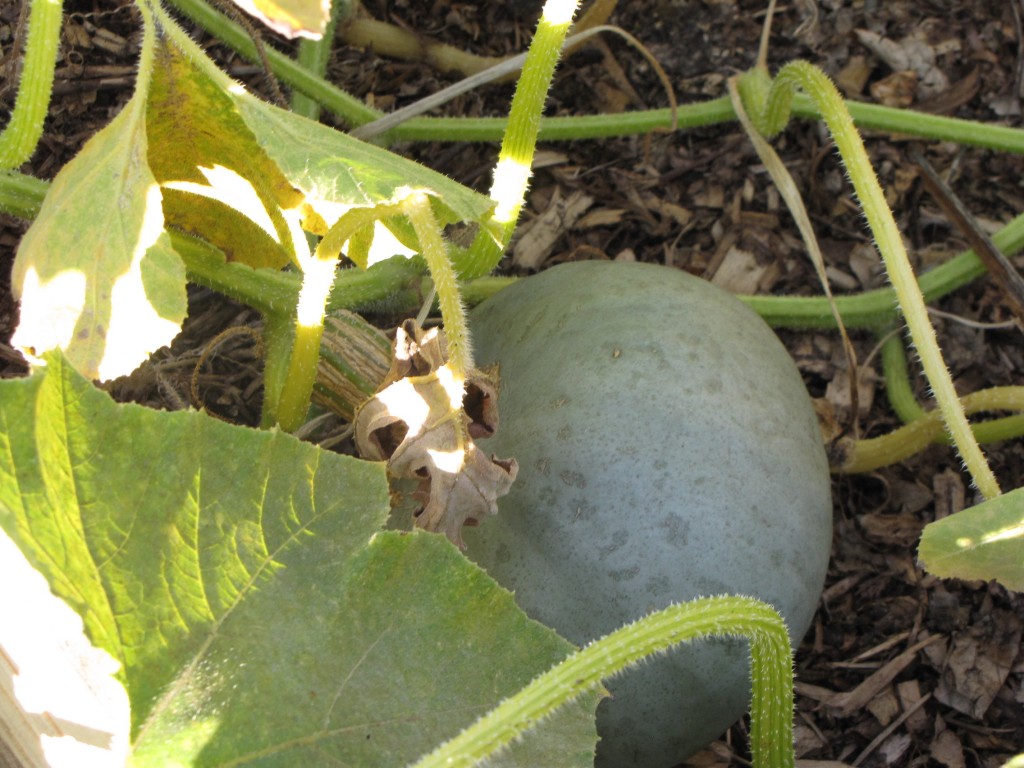
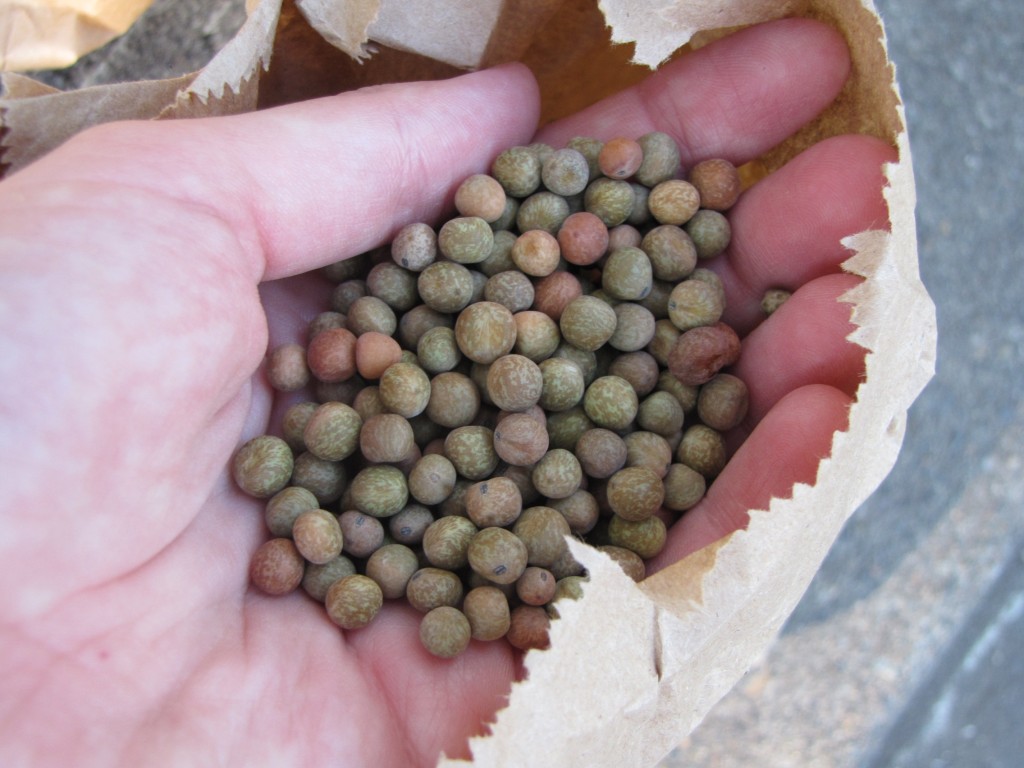
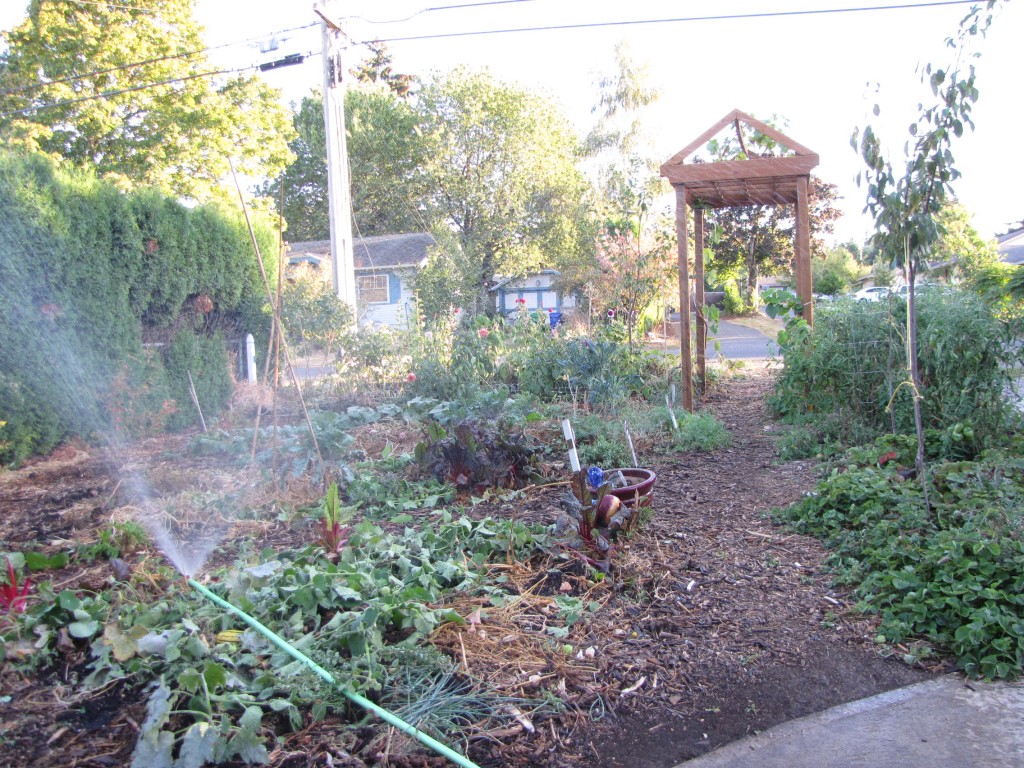
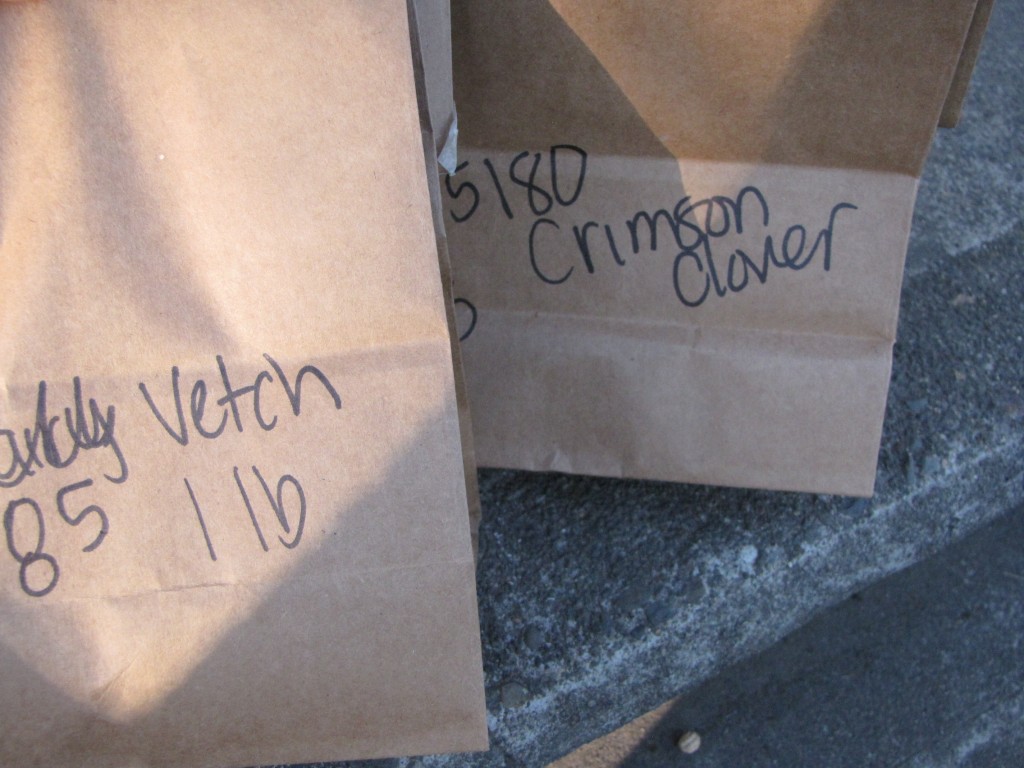
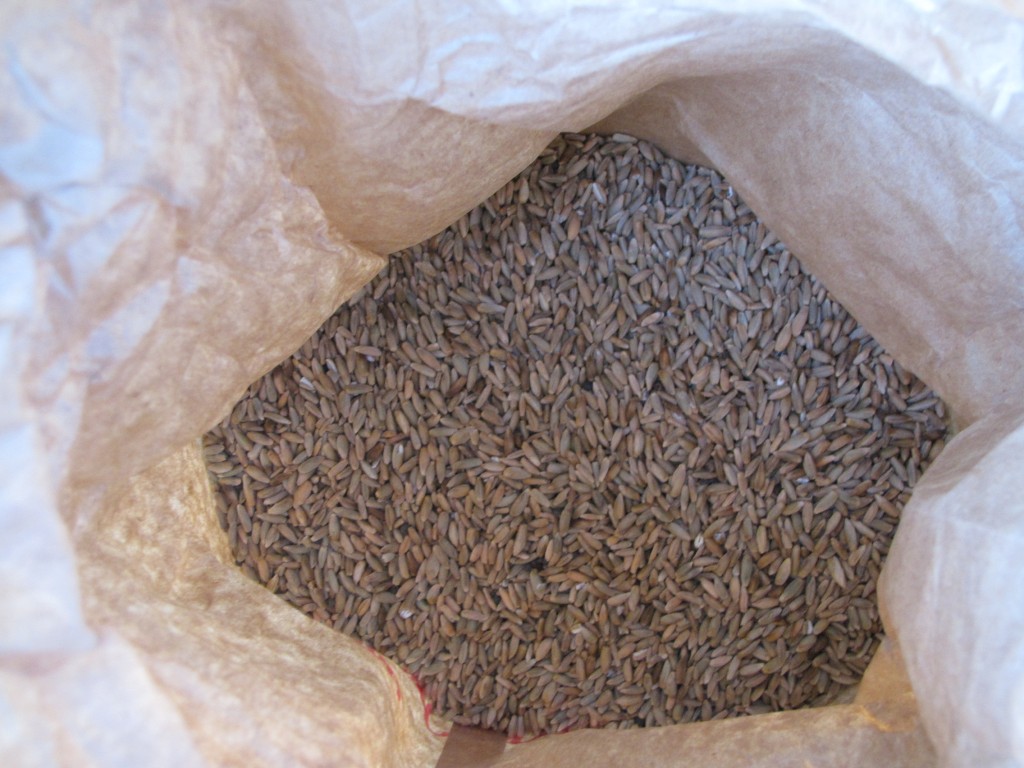


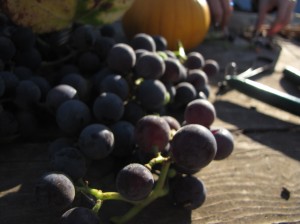
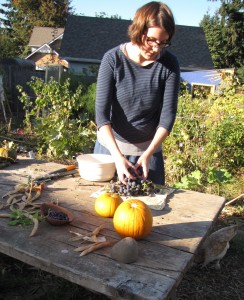

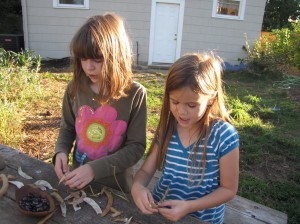
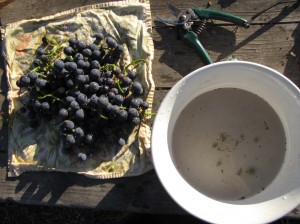
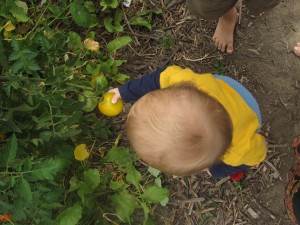
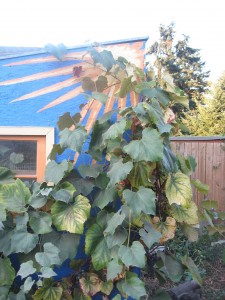
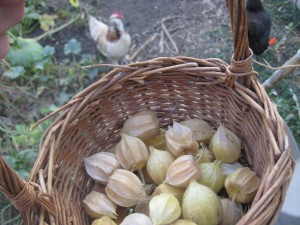

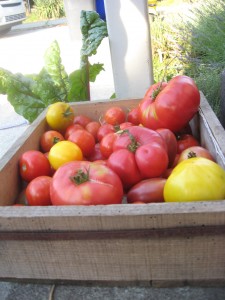

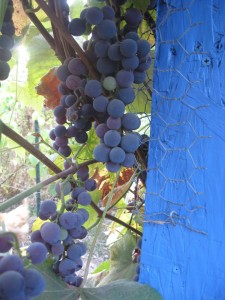

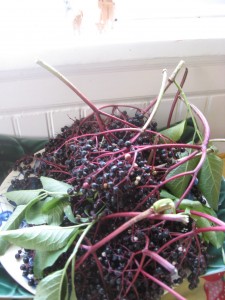
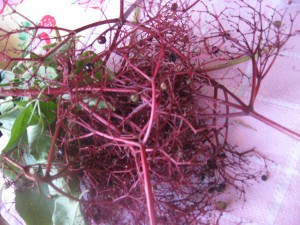
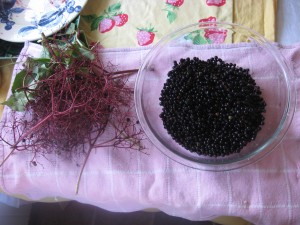
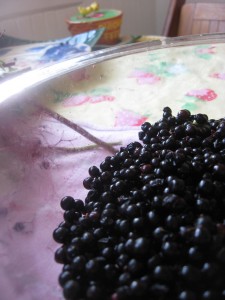
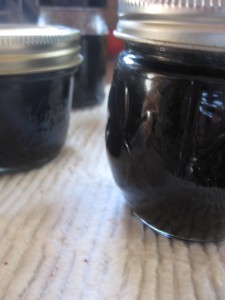

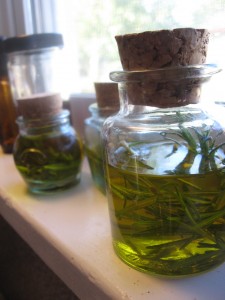
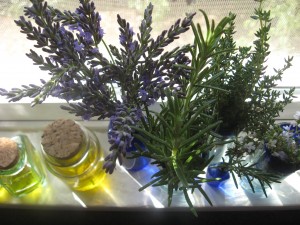
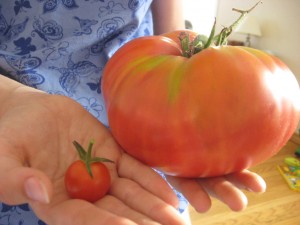




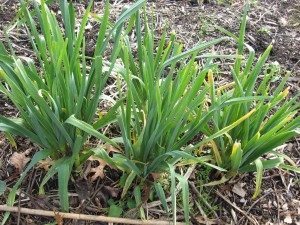
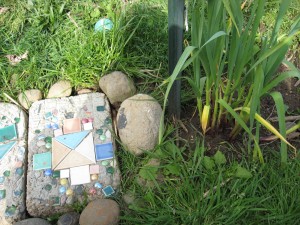
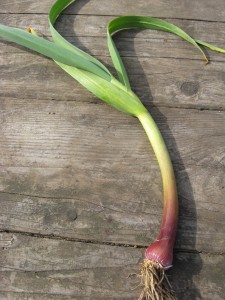

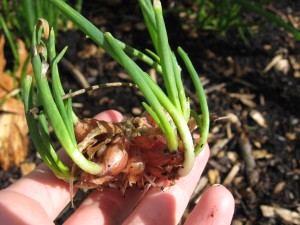
 This is Fred Weasley (aka Freddie), our Indian Runner drake. He replaced our beloved Georgie Porgie Weasley, who was killed by a raccoon a few months ago. We all took a while to warm up to him because we were missing Georgie Porgie so much, but he’s definitely growing on us.
This is Fred Weasley (aka Freddie), our Indian Runner drake. He replaced our beloved Georgie Porgie Weasley, who was killed by a raccoon a few months ago. We all took a while to warm up to him because we were missing Georgie Porgie so much, but he’s definitely growing on us.